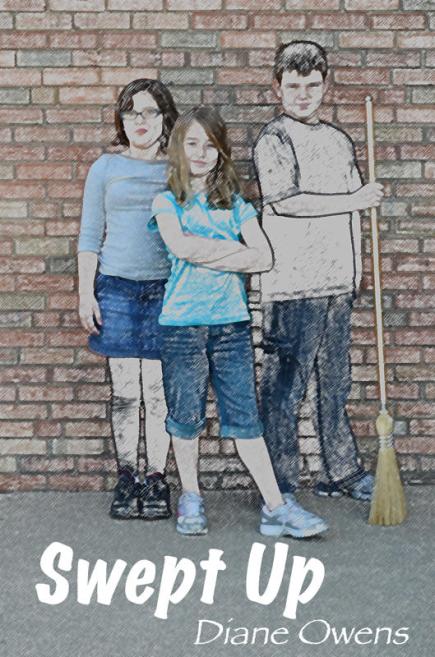The Action
 Begin your moment-by-moment scenes by giving your MC a goal. It could be the overall story goal or it could be something that would get your MC a step closer to the overall goal. Let readers know what the goal is right away through dialogue or your MC’s thoughts.
Begin your moment-by-moment scenes by giving your MC a goal. It could be the overall story goal or it could be something that would get your MC a step closer to the overall goal. Let readers know what the goal is right away through dialogue or your MC’s thoughts.
Readers want to see your MC struggle. Show them the things or people who get in the way of your MC’s goal. Make them feel your MC’s pain by describing how the conflict upsets him or her.
If this is a step toward the main goal, then your MC can succeed (or not). If your MC is going after the overall goal, then he or she must fail (unless it’s the climax scene). Otherwise, your story’s over.
The best failures are disastrous – something that not only keeps your MC from reaching the goal but also makes things worse than before. It’s cooler if readers don’t see it coming. It’s even cooler if your MC causes the failure. Be careful though. If you throw in some completely unrelated disastrous event, readers will feel cheated.
The Response
You want readers to picture the moment-by-moment scenes as clearly as a movie playing in their minds. Unlike a movie, your story also allows readers to experience what’s going on in your MC’s mind.
Sharing your MC’s thoughts and emotions lets readers experience the story as if it were happening to them. Show them how your MC feels and they’ll realize they’d feel the same way. They’ll relate to your MC and they’ll worry even more.
You can peek into your MC’s mind whenever you want but you can’t spend much time there during the action. Remember, you’re showing the scene as it happens. In real life, we don’t have much time to think during a struggle. Besides, if you stop the action for too long, the tension will fizzle away.
The best time to share your MC’s thoughts and emotions is right after a disastrous attempt. Share how your MC feels about the failure. Describe your MC’s thoughts as he or she comes up with a new plan. Then you’re off to the next scene where your MC will use the plan and either succeed or meet more obstacles.
You probably won’t spend as much time with your MC’s response as you will with the action scenes. Describing thoughts and emotions doesn’t require as much space as showing blow-by-blow action. However, it depends on the story you want to tell. Some stories have more action and some have more emotion. Concentrate on the part that feels right for your story.
To practice the tips and techniques on this page, go to the activities page for showing Action & Response.





